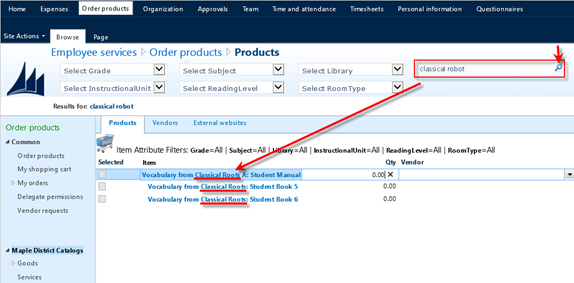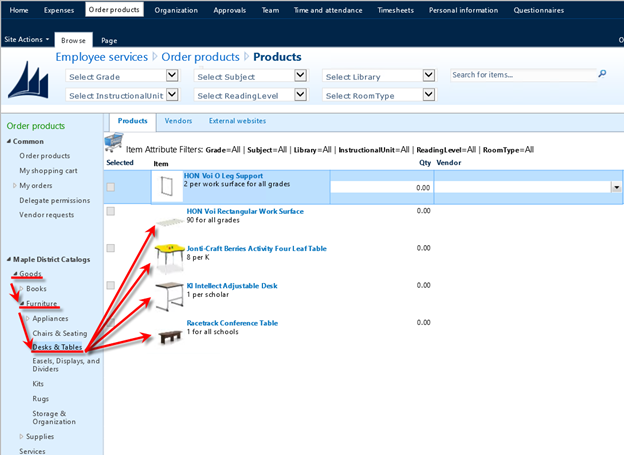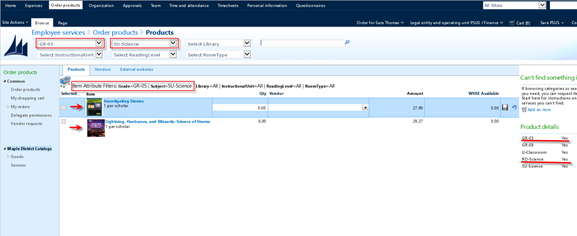 Since being introduced in October of 2002, Enterprise Portal (“EP”) has enabled employees, customers, and vendors to interact directly with the Microsoft Dynamics AX system without logging into the actual application. This is important because this ability eliminates some of the inefficiencies that have plagued transaction processing in ERP systems for decades: reliance on others for data entry, mistakes in re-entries from off-line systems, and building costly integrations to more user friendly formats.
Since being introduced in October of 2002, Enterprise Portal (“EP”) has enabled employees, customers, and vendors to interact directly with the Microsoft Dynamics AX system without logging into the actual application. This is important because this ability eliminates some of the inefficiencies that have plagued transaction processing in ERP systems for decades: reliance on others for data entry, mistakes in re-entries from off-line systems, and building costly integrations to more user friendly formats.
This article will be specific to addressing how opening up EP for procurement requisitions can become an even greater positive user experience through configuring the appearance and capabilities of the user interface and search engine.
The world has changed in the last 20 years relative to the typical employee’s computer skills and experience around on-line transaction processing. Not only does the environment in which we operate as a business enable more user-friendly transaction processing through tools like EP, but the general structure of the global consumer marketplace has exposed the majority of the population to electronic based ordering.
In 1995, businesses would be completely unwilling to give all employees direct access to an ERP system, due to system complexity, training requirements, user adoption, and security concerns. Today, we can grant an employee access to a web-based ERP, and because this employee has certainly purchased through sites like Amazon.com, is familiar with searching, and understands the navigation rules of a web based form, this employee can securely enter procurement requisitions with minimal training and risk. The trick here is to make the system function as much like the sites like Amazon or search engines like Bing that the user is used to.
In order to optimize search, we will present 3 methods that people are comfortable searching with and describe how these can be utilized in EP:
- Free Text Search – This allows a user to use free text to search any part of the product name or description. This is linked directly to the product table in Dynamics AX. Users are familiar with this method as this is the core feature in search engines and a common feature on eCommerce sites.

- Product Hierarchy – On Amazon.com and many other eCommerce sites, the left side of the screen is commonly has a list of categories that can be drilled down into sub-categories, until the user has narrowed the search to a manageable list of products. In this same way, the procurement categories in Dynamics AX link directly into EP and provide that capability to users. By assigning procurement categories to products in AX, this function can be used in EP.

- Attribute Based Searching – With a small amount of development within Enterprise Portal, the user can then search on one or a combination of product attributes assigned to a product within AX.

In conclusion, Enterprise Portal does have the capabilities to function like the large eCommerce sites that employees are accustomed to. By logically describing, categorizing, and applying attributes to a product listing, an organization can empower all staff, especially those “non-AX users” to enter their own purchase requisitions through EP with little training.
For more information about maximizing the use of your Microsoft Dynamics AX, subscribe to our Microsoft Dynamics Community News publication.
by John Hannan for RSM

 RSMUS.com
RSMUS.com

